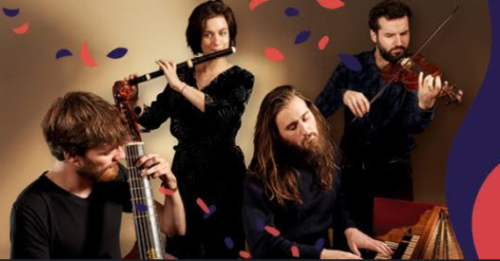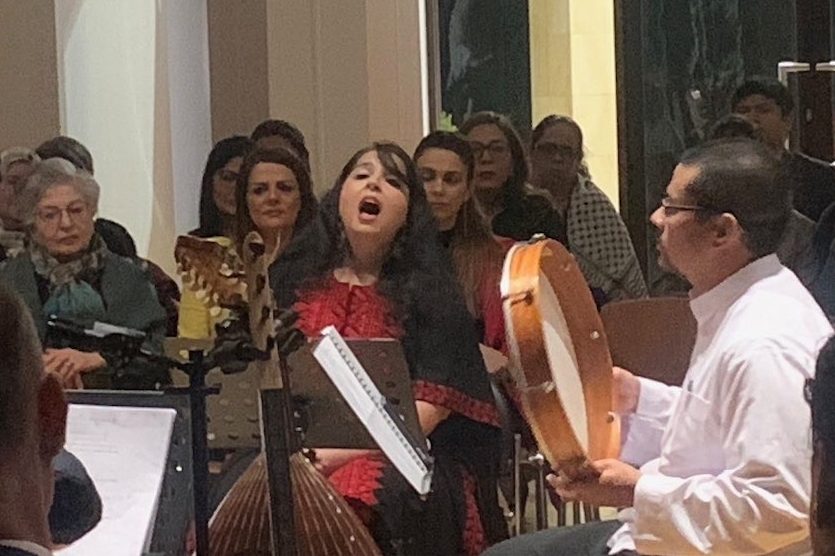
Music / “Nevermind”, Musica Viva, at Llewellyn Hall, October 17. Reviewed by ROB KENNEDY.
BAROQUE music will never go out of style simply because it’s good music. “Nevermind”, who are re-rewriting the rulebook on period-instrument concerts, highlight just how good baroque music can be in its Australian debut with Musica Viva.
From France, Nevermind consists of Anna Besson, flute; Louis Creac’h, violin; Robin Pharo, viola da gamba; Jean Rondeau, harpsichord.
Nevermind fits their name perfectly in some aspects. Their adherence to functional presentation and their attire are in the category of never mind, but the sensitivity in their style shows that they do mind how they sound and perform.
In the Marin Marais (1656-1728) “Trios for the King’s Bedtime: Suite IV”, the softness and delicacy with which they performed said they were all about authenticity and personal expression. The four parts performed by this trio was fine musical introspection played in a light and touching manner.
Over the 10 movements of the Francois Couperin “Les Nations: L’Espagnole”, this highly ornate music was harpsichord led for the most. It was so beautifully composed it could be said that Francois Couperin’s music is at the heart of all baroque music. Perhaps even the whole baroque artistic style.
If there’s one thing that sticks out with Nevermind, it’s that quality music is at the heart of their experience. While hearing them perform, many in the highly focused audience were leaning forward into the music, not to hear it better, but to experience it more.
Even in a large space like the Lewellyn Hall, the intimacy of a quartet like this performing such fine music is an experience not easy to forget.
As the only German composer among a concert filled with French music, Telemann is still the composer who exemplifies baroque music. But of course, there was a French connection in Telemann’s “Paris Quartet no 4 in G minor”. The free-flowing transitions through this piece had that real oomph and decoration that makes his style stand-alone in the music world.
Jean-Baptiste Quentin (1690-c1750) is not a well-known composer, but the music in his “Quartet Sonata in A minor” Op. 15 no 3 was the most subtle and meditative sound that this reviewer has heard in baroque music. It was played with such restraint that this piece sat apart from the other works performed on the night. It was truly glorious.
Nevermind ended the night with Louis-Gabriel Guillemain’s “Quartet Sonata No. 3 in D minor”. The many variations in this music are what made it unique. While tempos and styles changed, it was the individual voices in their variants that added great depth. This is music that can still move people even after 300 years.
This small group will make a big impact on the music world. Their playing, sensitivity and style will see them leave their mark on baroque music lovers the world over.
Who can be trusted?
In a world of spin and confusion, there’s never been a more important time to support independent journalism in Canberra.
If you trust our work online and want to enforce the power of independent voices, I invite you to make a small contribution.
Every dollar of support is invested back into our journalism to help keep citynews.com.au strong and free.
Thank you,
Ian Meikle, editor




Leave a Reply